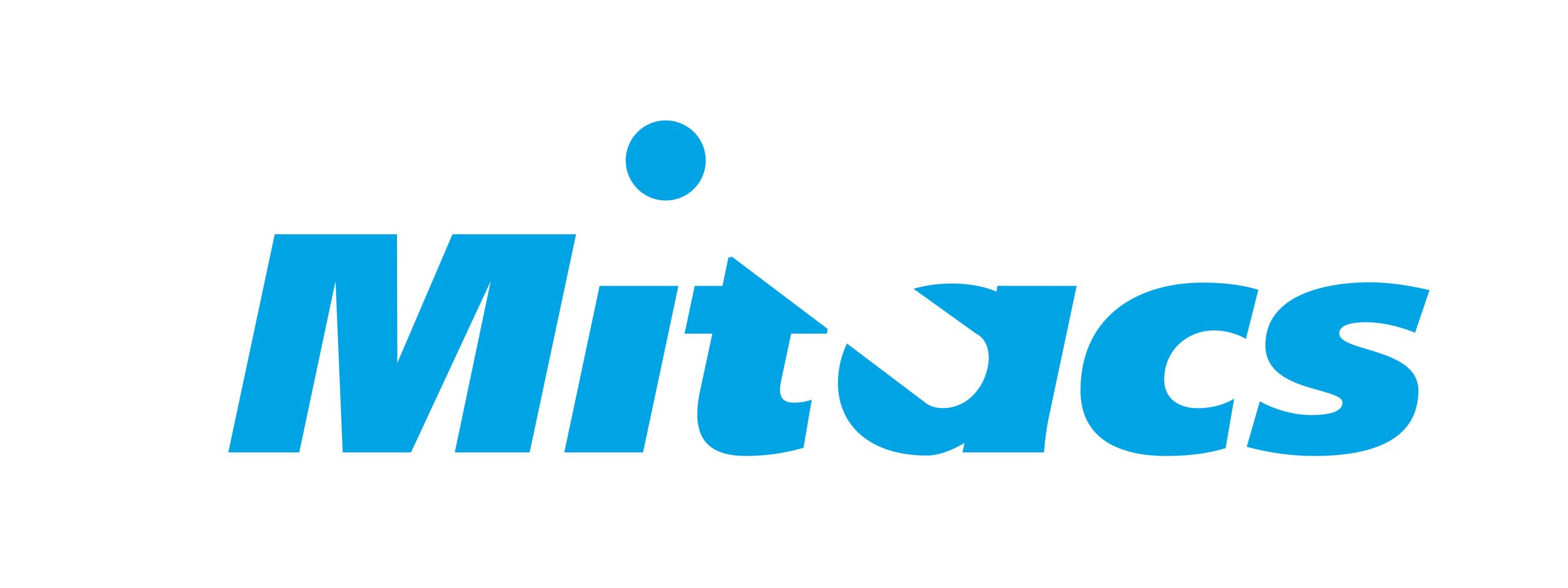Our research (ONGOING)
Legacy Contaminants
Legacy pollution from decades of human activities has resulted in damage to many freshwater ecosystems. Although signs of ecosystem recovery are sometimes observed, many lakes now experience multiple environmental stressors. Thus, a long-term perspective is often needed to understand environmental change because it tends to occur incrementally over time. Lake recovery from two well-documented examples of legacy pollution in the Maritime provinces of Canada will be the focus of ECAB Lab research. We will use lake sediments and other key watershed measures to study how lake ecosystems respond to insecticides (DDTs) used in forestry and contaminant (As and Hg) inputs from historical gold mining. Understanding pollution impacts and how lake recovery occurs are important to assessing aquatic health, recognizing risk, and developing remediation plans for lake ecosystems. We will use biological indicators and geochemical signatures preserved in sediments to investigate pollution trends and how contemporary stressors, such as climate change and land use, may influence the recovery of lakes. Methods common to geoscience and aquatic science will be applied to determine the timings of environmental changes, and their impacts relative to "baseline" conditions prior to historical disturbance. This approach provides knowledge on recovery from historical pollution while recognizing that lakes also now face modern environmental stressors.
Collaborators include Karen Kidd , Linda Campbell, Chris Edge, and John Smol.
Graphical abstract from Clark et al. (2021) highlighting movements of legacy contaminants from historical gold mining in Nova Scotia, Canada.
Sediment core from Sinclair Lake, NB. We sample the upper 15 cm of sediments to better understand how lake ecosystems respond to organochlorine stressors used widely during the 1950s and 1960s.




